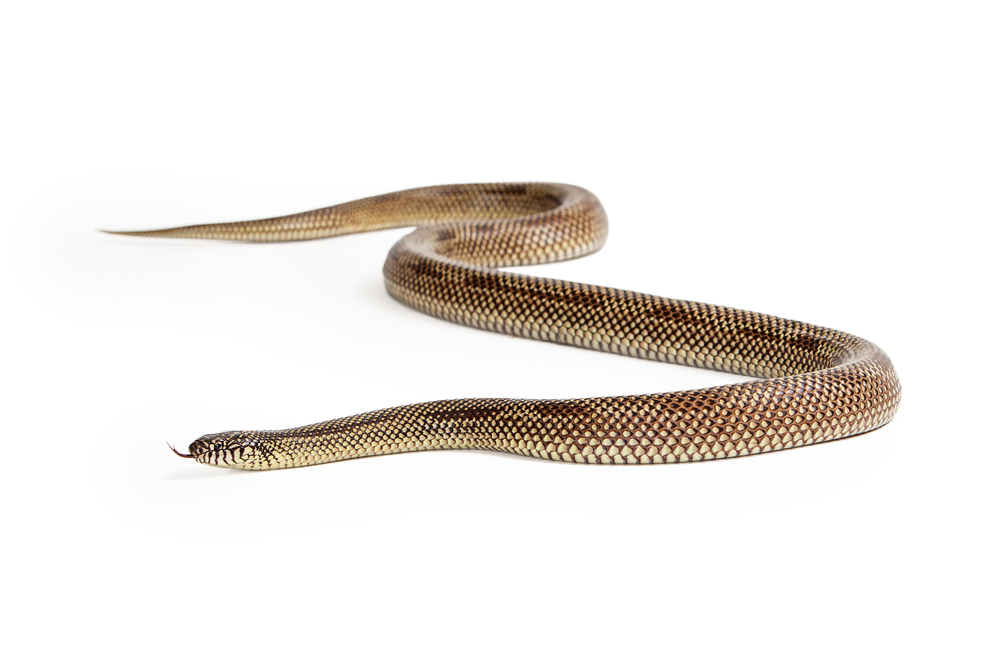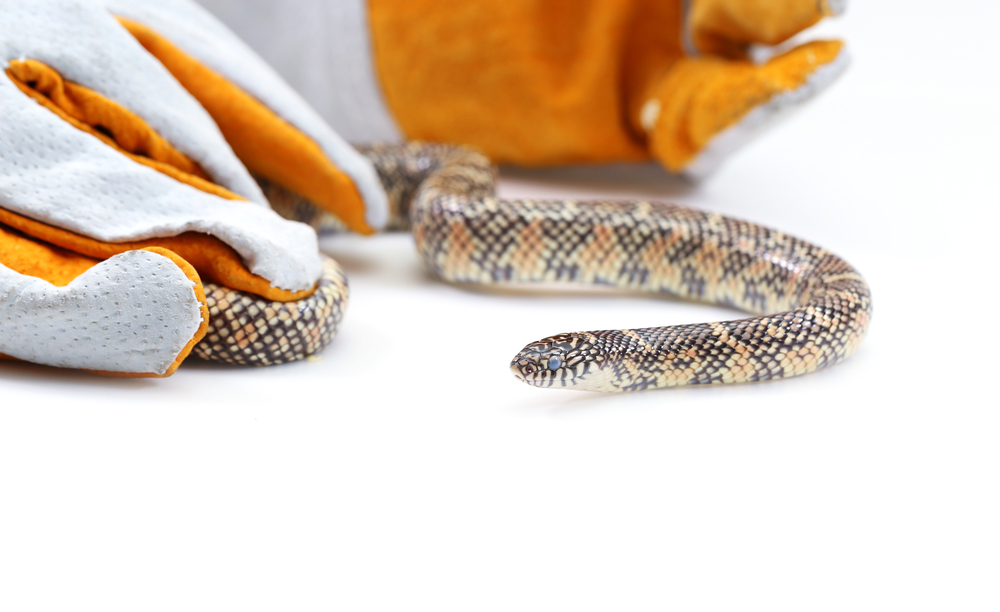The Apalachicola kingsnake (Lampropeltis g. meansi) is now considered a subspecies of L. getula (the “common” or “Eastern” kingsnake). It is found in a small area of the Florida Panhandle, a lowland inlet of the Gulf of Mexico stretching from the Apalachicola River to the Telogia Creek. The subspecies is best recognized for its orange colouration which can be very pronounced in some individuals. Breeders typically focus their efforts on “high orange” specimens and therefore, the captive population of the Apalachicola kingsnakes are usually bright orange and black banded. However, some animals will have individual scales outlined with black colouration while the base colour is a pale orange.
Like many kingsnakes, the Apalachicola kingsnake is an adaptable species that occupies a wide range of habitats from farmland to desert and woodlands to riparian forests. This should be reflected in the vivarium, with the use of a wide array of decor, substrates, hides and novel objects.
During the hottest times of the year, these animals will transition from predominantly diurnal to crepuscular and nocturnal.

Apalachicola Kingsnake Husbandry
This species should be kept much like the other L. getula subspecies. A wooden vivarium as large as possible, but no smaller than 4 x 2 x 2 feet should be used to house a single adult. A Zone 2 UVB-emitting T5 bulb should be installed alongside an LED strip to increase visible light. A halogen bulb should be used to create a 32℃ basking spot. There should also be a harsher gradient into a “cool end” (20℃ is great).
Décor can be reasonably varied, but the layout should be busy with plenty of hiding and climbing opportunities. Research suggests that these snakes spend a considerable amount of time beneath the leaflitter, so leaves and deep substrate is useful. In the wild, kingsnakes are often found beneath tin and other refugia, where heat penetrates the surface but also provides a safe, enclosed space to hide. Cork flats can provide something similar.
Like most kingsnakes, the Apalachicola kingsnake eats a variety of vertebrate prey. In the wild this would consist largely of other snakes. In captivity, a varied diet of mice (various sizes), rats, chicks and the occasional quail is perfect.
If you enjoyed this read, you can find out 10 things you may have not known about snakes here.
